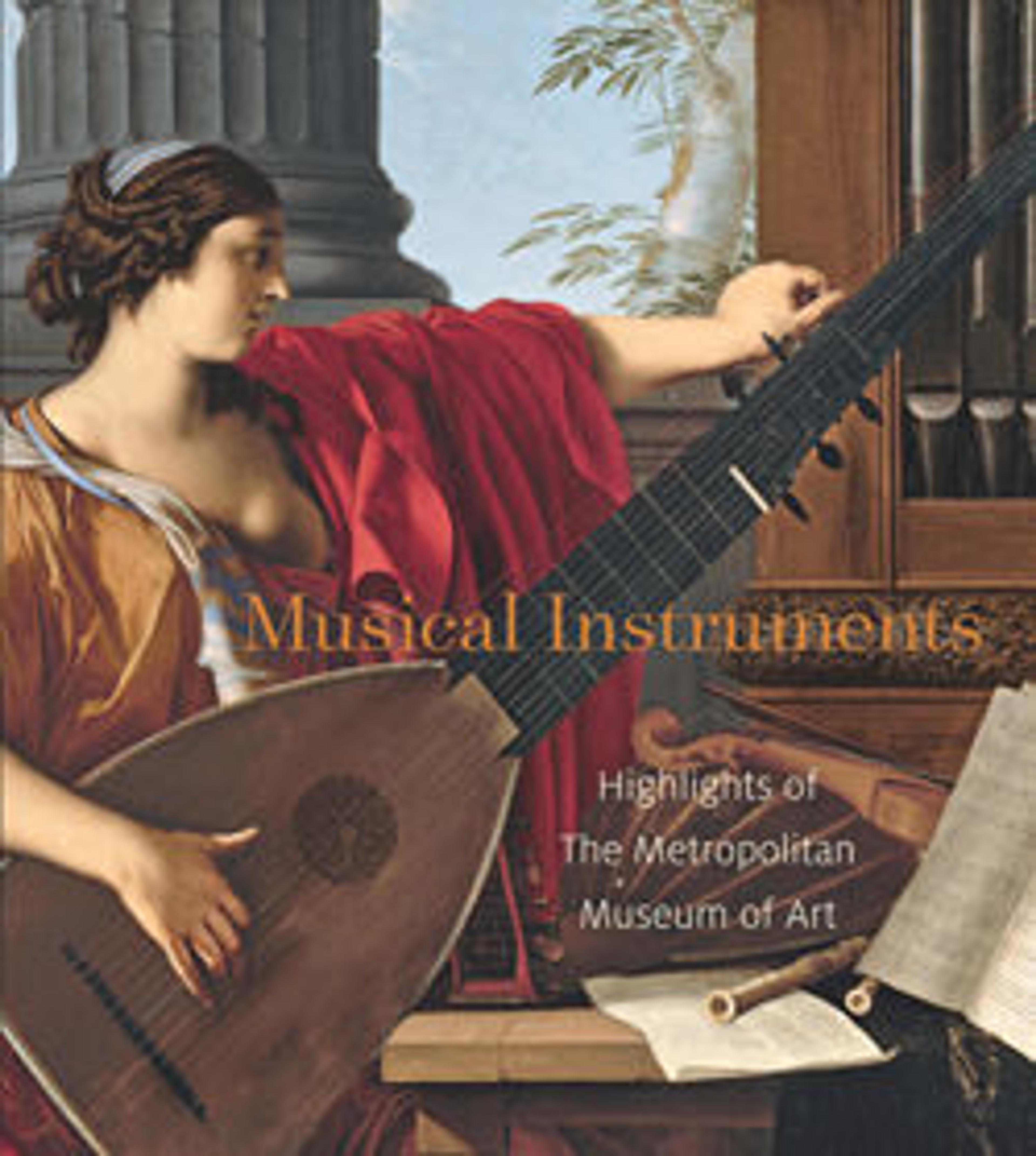Cor d'orchestre
This type of natural horn was used in Classical and early Romantic orchestras. It is often referred to as the "hand horn" because by placing their hand in the horn’s bell and closing it off to varying degrees, players could alter the notes of the harmonic series to produce a chromatic scale. The 10 detachable crooks (from B-flat basso to B-flat alto) typically supplied with cors d'orchestre allowed the horn to cover the wide range of keys encountered in orchestral repertoire. Changing the sounding length through the use of crooks gave each key its own tonal characteristics. The longer crooks produce a darker, "stuffier" tone, while short crooks sounded bright and trumpet-like. The horn responds best when played with crooks in the middle of its range, thus E-flat, E and F became the most frequently used keys for horn compositions. These subtle timbral differences are lost on the modern horn, which has dispensed with crooks.
Bradley Strauchen-Scherer
Bradley Strauchen-Scherer
Artwork Details
- Title: Cor d'orchestre
- Maker: Pierre Piatet (French, ca. 1796–1868)
- Date: 1845–50
- Geography: Lyon, France
- Culture: French
- Medium: Brass
- Classification: Aerophone-Lip Vibrated
- Credit Line: Purchase, The Howard Bayne Fund Gift, 1977
- Object Number: 1977.315a–n
- Curatorial Department: Musical Instruments
More Artwork
Research Resources
The Met provides unparalleled resources for research and welcomes an international community of students and scholars. The Met's Open Access API is where creators and researchers can connect to the The Met collection. Open Access data and public domain images are available for unrestricted commercial and noncommercial use without permission or fee.
To request images under copyright and other restrictions, please use this Image Request form.
Feedback
We continue to research and examine historical and cultural context for objects in The Met collection. If you have comments or questions about this object record, please complete and submit this form. The Museum looks forward to receiving your comments.
